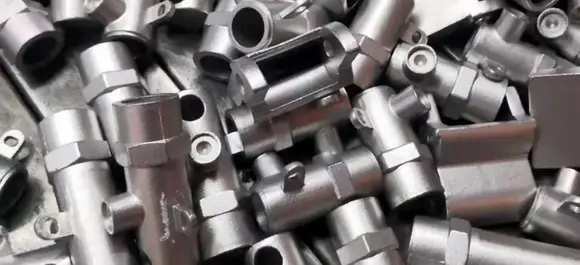Mobile:+86-311-808-126-83
Email:info@ydcastings.com
Exploring Various Types of Mixing Impellers for Optimal Fluid Dynamics Performance
Understanding Mixing Impeller Types and Their Importance in Various Industries
Mixing is a fundamental process in various industries, including chemical, pharmaceutical, food and beverage, and wastewater treatment. The efficiency and effectiveness of mixing operations largely depend on the type of impeller used in the mixing equipment. Impellers play a crucial role in achieving homogeneity, enhancing mass transfer, and ensuring that the desired reaction occurs uniformally. This article will explore the various types of mixing impellers, their applications, and how they can impact overall operational efficiency.
Types of Mixing Impellers
1. Axial Flow Impellers These impellers are designed to induce flow parallel to the impeller shaft. Axial flow impellers, such as propellers and turbines, are commonly used for mixing low-viscosity fluids. Their design tends to create a large flow of liquid in a specific direction, making them ideal for applications that require thorough mixing of different components, such as suspensions and emulsions.
2. Radial Flow Impellers Unlike axial flow impellers, radial flow impellers generate a flow path that is perpendicular to the impeller shaft. These impellers, such as paddle or disk impellers, are effective for moving fluids outwards from the center towards the tank walls. Radial flow impellers are particularly useful in applications involving higher viscosity materials or those requiring a high degree of shear, such as during homogenization processes.
3. Mixed Flow Impellers As the name suggests, mixed flow impellers can generate both axial and radial flow. This versatile design allows for better adaptability when dealing with various types of fluids. Mixed flow impellers are particularly beneficial in applications where both mass transfer and shear are crucial. They are commonly utilized in medium to high viscosity mixing tasks.
4. High-Shear Impellers These impellers are specifically engineered to create intense mixing energy, leading to high shear rates. High-shear mixers are vital for emulsifying, dispersing, and homogenizing products. They are extensively used in the production of creams, lotions, and pharmaceuticals, where obtaining a fine texture and uniformity is imperative.
5. Anchor and Mixer Blades Anchors are commonly employed in viscous materials where standard impellers struggle to create sufficient flow. They provide a scraping action against the tank wall that is crucial for ensuring that all material is periodically mixed. Mixer blades, which usually come in various shapes and sizes, can also be custom-designed for specific applications.
mixing impeller types

Factors Influencing Impeller Selection
The choice of impeller type depends on various factors such as fluid properties, viscosity, required mixing intensity, and the scale of operations. Here are some critical considerations
- Viscosity The higher the fluid's viscosity, the more powerful the impeller needs to be. For high-viscosity materials, radial flow or high-shear impellers are usually more effective.
- Type of Material Different materials may require particular mixing techniques
. Suspensions may need axial flow, while emulsions can benefit from high-shear impellers.- Mixing Objectives Depending on whether the goal is to achieve uniform dispersion, emulsification, or blending, the appropriate type of impeller must be chosen to maximize efficiency.
- Tank Design The geometry of the mixing tank can also affect impeller performance. Factors such as baffle configuration and tank diameter will interact with the impeller type chosen.
Conclusion
Choosing the right mixing impeller is vital for achieving optimal results in various industrial processes. By understanding the specific types of impellers available and their unique characteristics, operators can make informed decisions that enhance mixing efficiency, improve product quality, and reduce operational costs. As industries continue to evolve and develop new materials, the design and application of mixing impellers will undoubtedly grow more sophisticated, ushering in improvements that benefit both production processes and product outcomes.
-
Why Should You Invest in Superior Pump Castings for Your Equipment?NewsJun.09,2025
-
Unlock Performance Potential with Stainless Impellers and Aluminum End CapsNewsJun.09,2025
-
Revolutionize Your Machinery with Superior Cast Iron and Aluminum ComponentsNewsJun.09,2025
-
Revolutionize Fluid Dynamics with Premium Pump ComponentsNewsJun.09,2025
-
Optimizing Industrial Systems with Essential Valve ComponentsNewsJun.09,2025
-
Elevate Grid Efficiency with High-Precision Power CastingsNewsJun.09,2025











